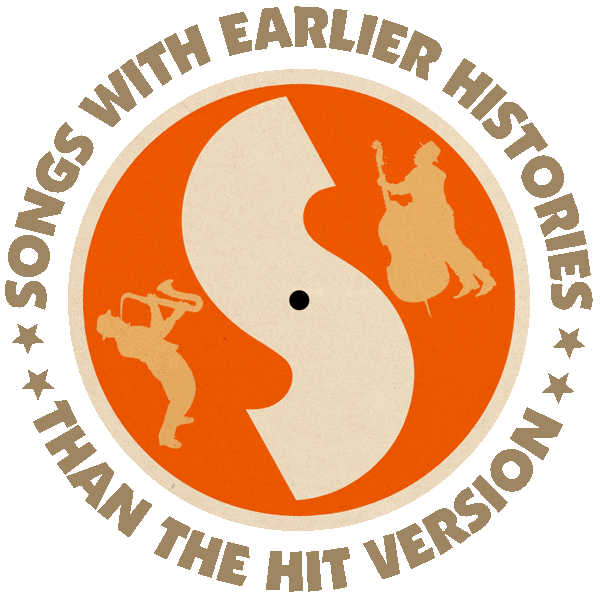First recorded by Kansas Joe McCoy & Memphis Minnie (1929).
Hit album version by Led Zeppelin (1971).
From the wiki: “The blues song ‘When the Levee Breaks’ was written and first recorded by husband and wife Kansas Joe McCoy and Memphis Minnie in 1929, in reaction to the upheaval caused by the Great Mississippi Flood of 1927 that ravaged the state of Mississippi and surrounding areas. The flood destroyed tens of thousands of homes and devastated the agricultural economy of the whole Mississippi Basin, forcing people to flee to the cities of the Midwest in search of work and contributing to the ‘Great Migration’ of African Americans to the industrial North in the first half of the 20th century.
“The song was re-worked in 1971 by UK rock group Led Zeppelin, and released as the final track on Led Zeppelin IV. According to Led Zeppelin guitarist and producer Jimmy Page, the famous drum performance of John Bonham was a happy accident:
‘We were playing in one room in a house with a recording truck, and a drum kit was duly set up in the main hallway, which is a three storey hall with a staircase going up on the inside of it. And when John Bonham went out to play the kit in the hall, I went ‘Oh, wait a minute, we gotta do this!’ Curiously enough, that’s just a stereo mic that’s up the stairs on the second floor of this building, and that was his natural balance.’
– ‘Guitar Legend Jimmy Page‘ podcast, NPR (National Public Radio), 2003
“Additionally, Page recorded Robert Plant’s harmonica part using the backward echo technique, putting the echo ahead of the sound when mixing. Because the Led Zeppelin recording of ‘When the Levee Breaks’ was so heavily produced in the studio, it was difficult to recreate live. The band only played it a few times in the early stages of their 1975 U.S. Tour, before dropping it for good.
“Bonham’s opening drum beat has been widely sampled in hip hop music and other genres since the 1980s, as a result of its distinctly ‘heavy’ sound.”
Led Zeppelin, “When the Levee Breaks” (1971):

